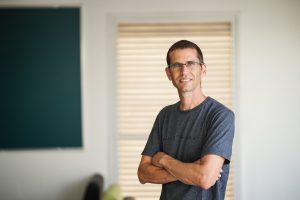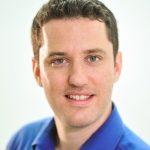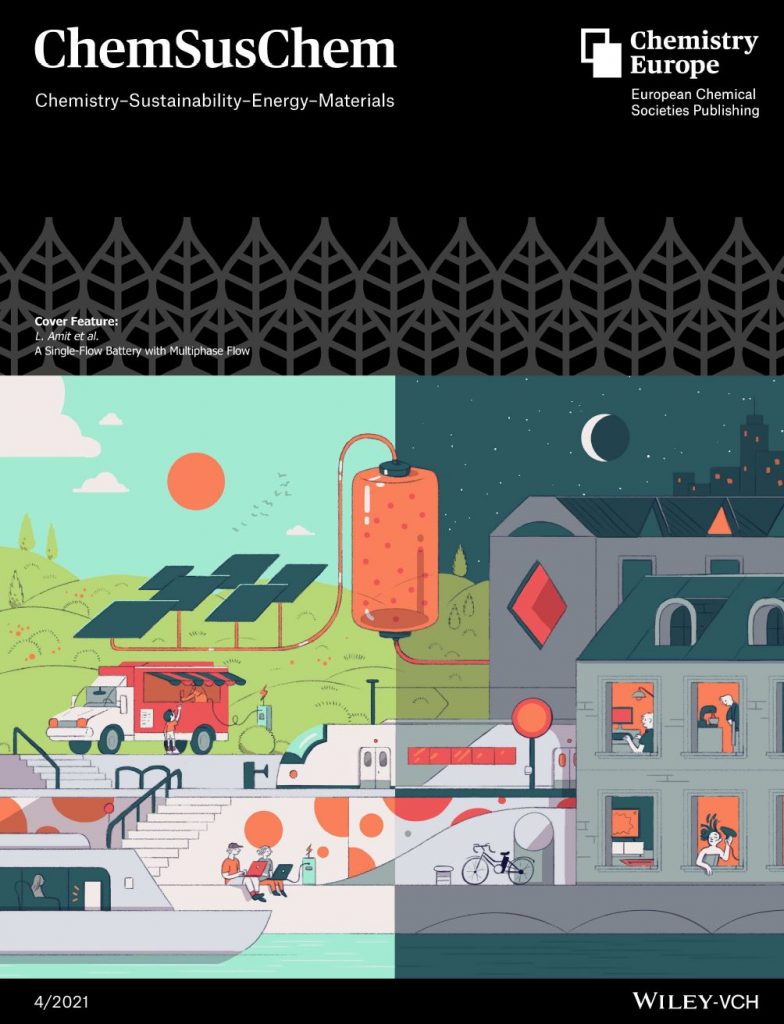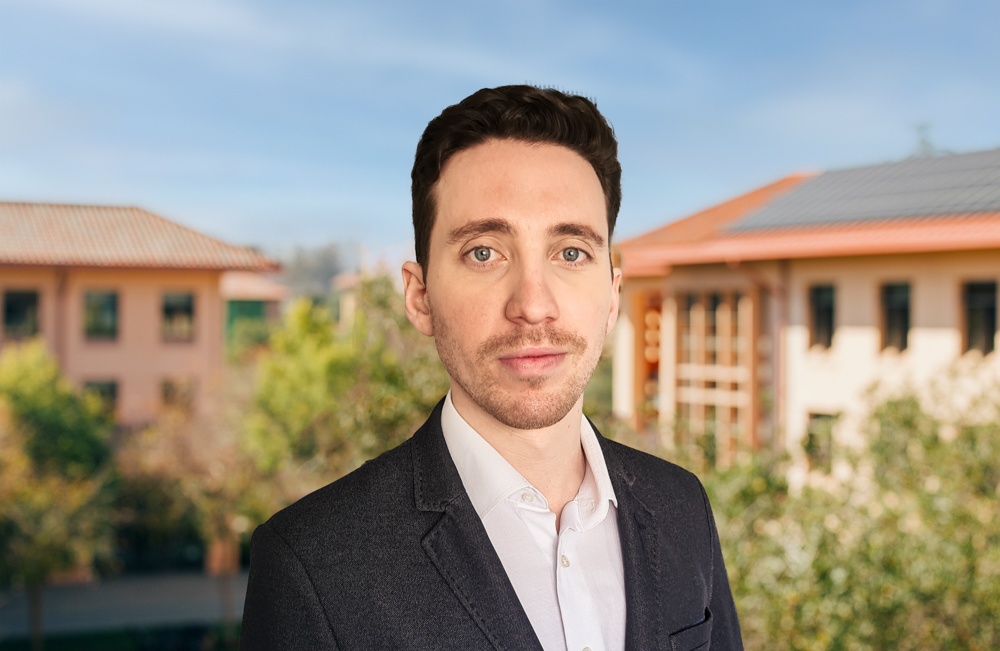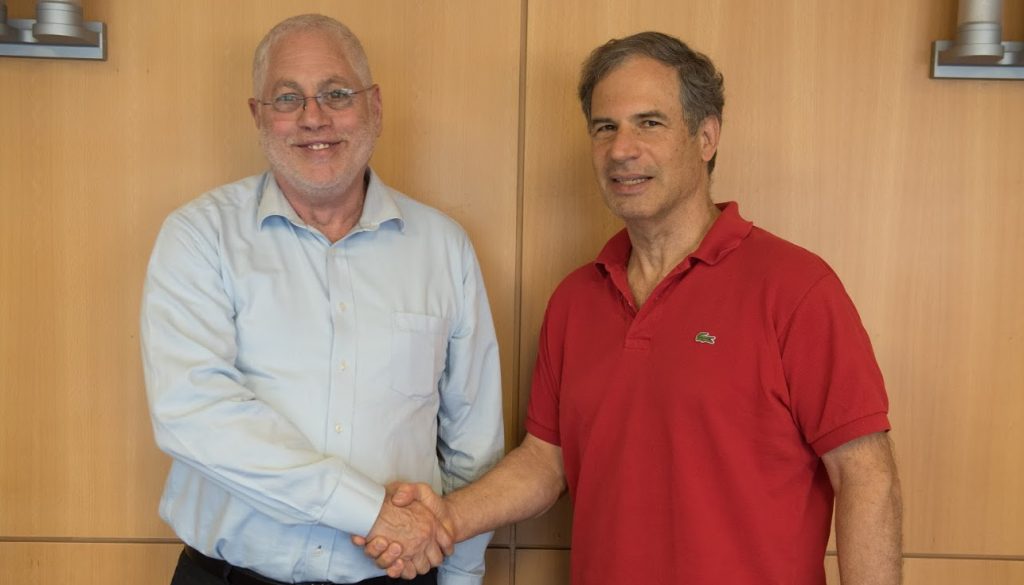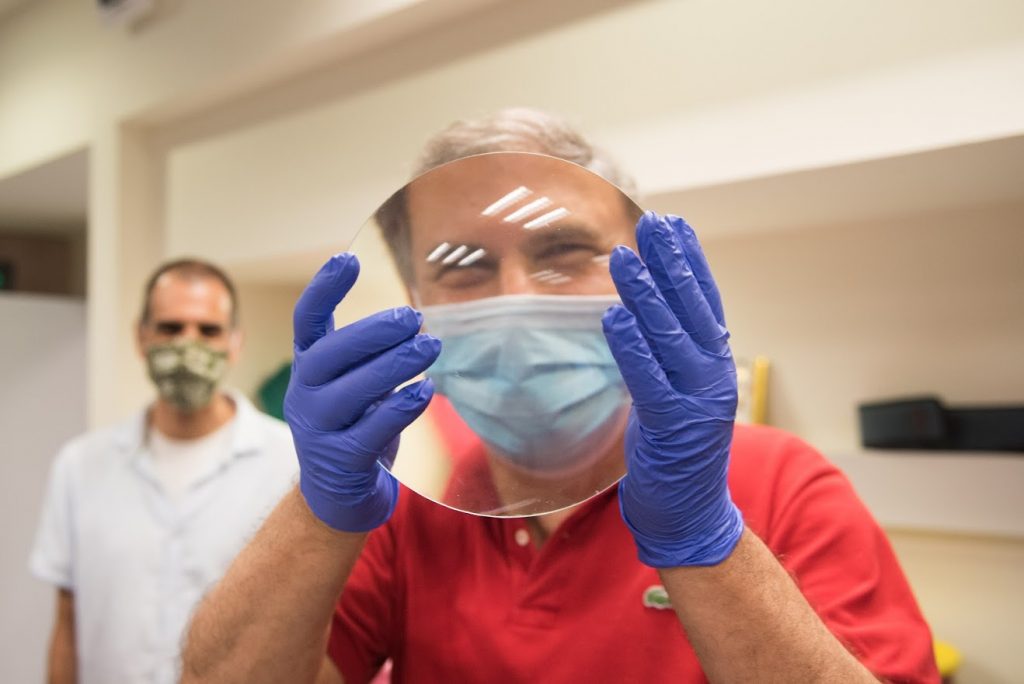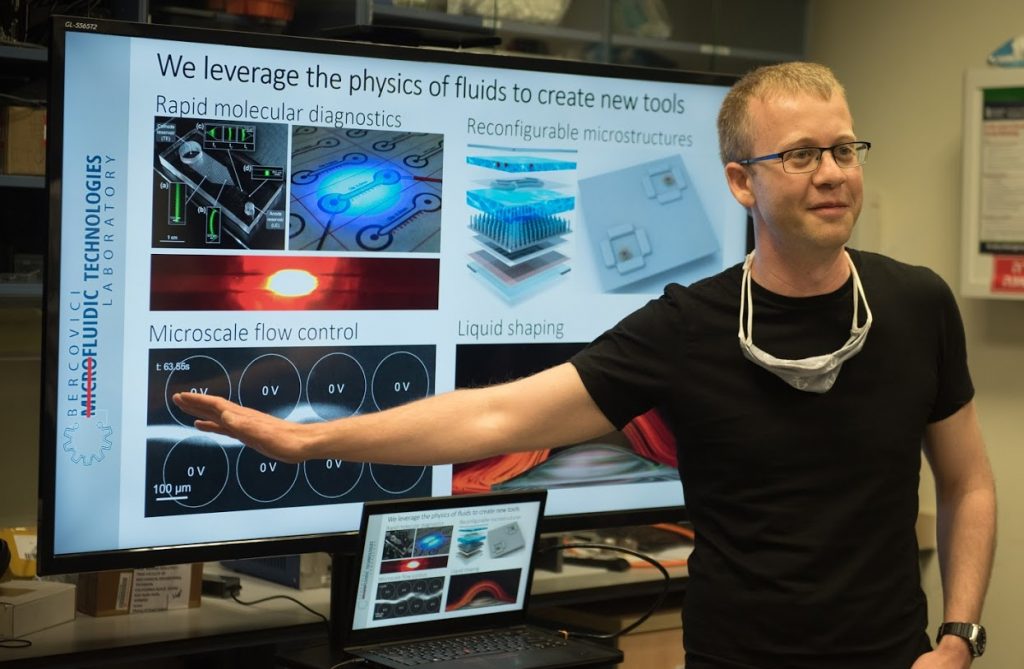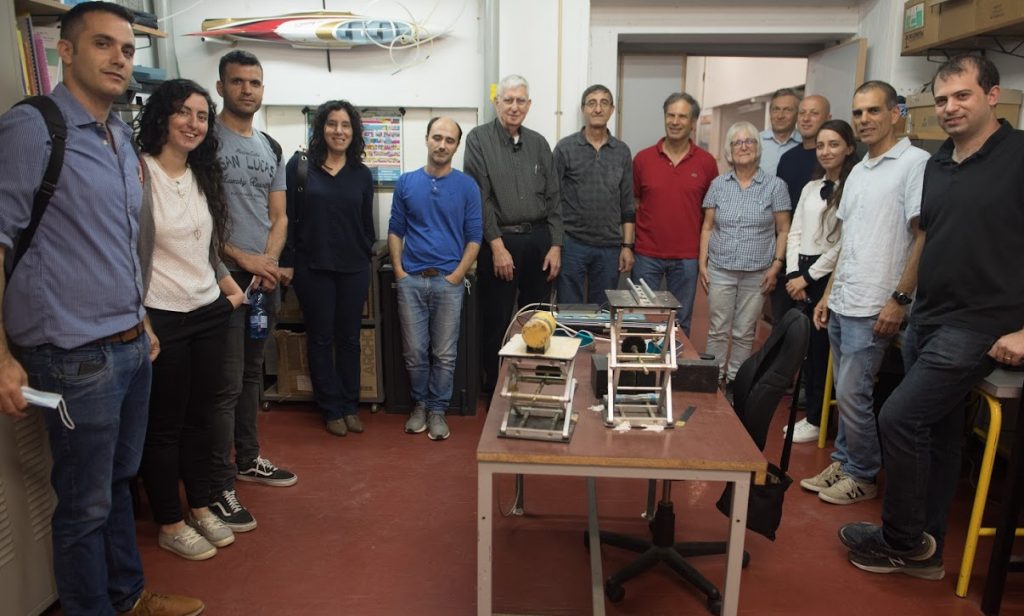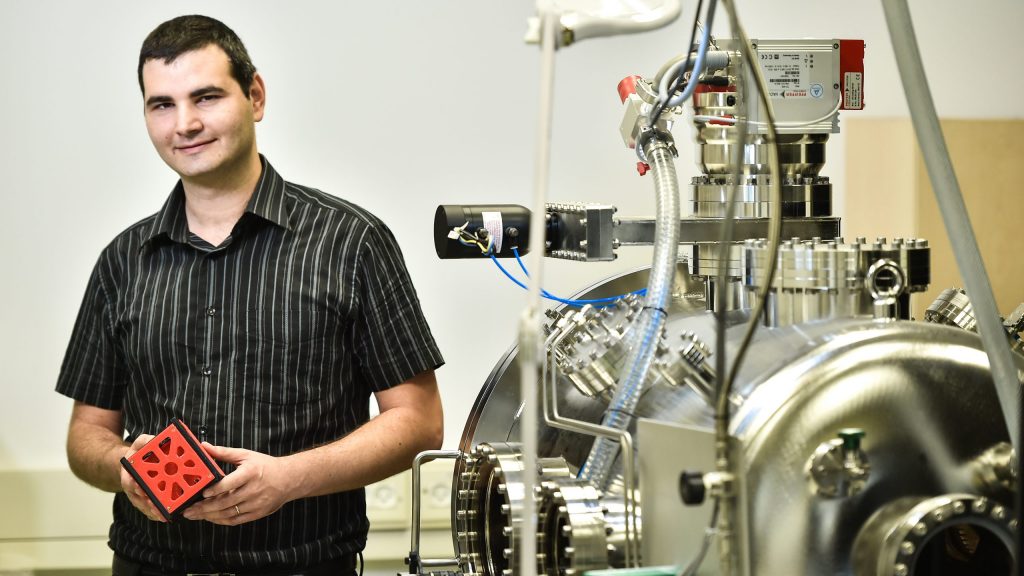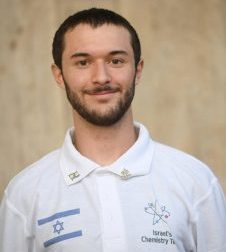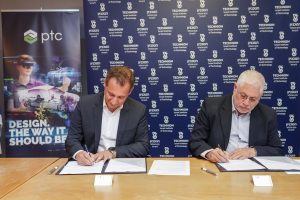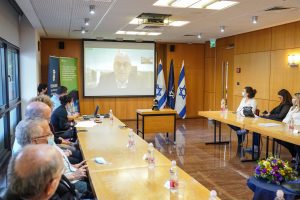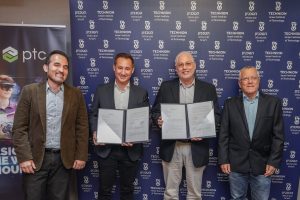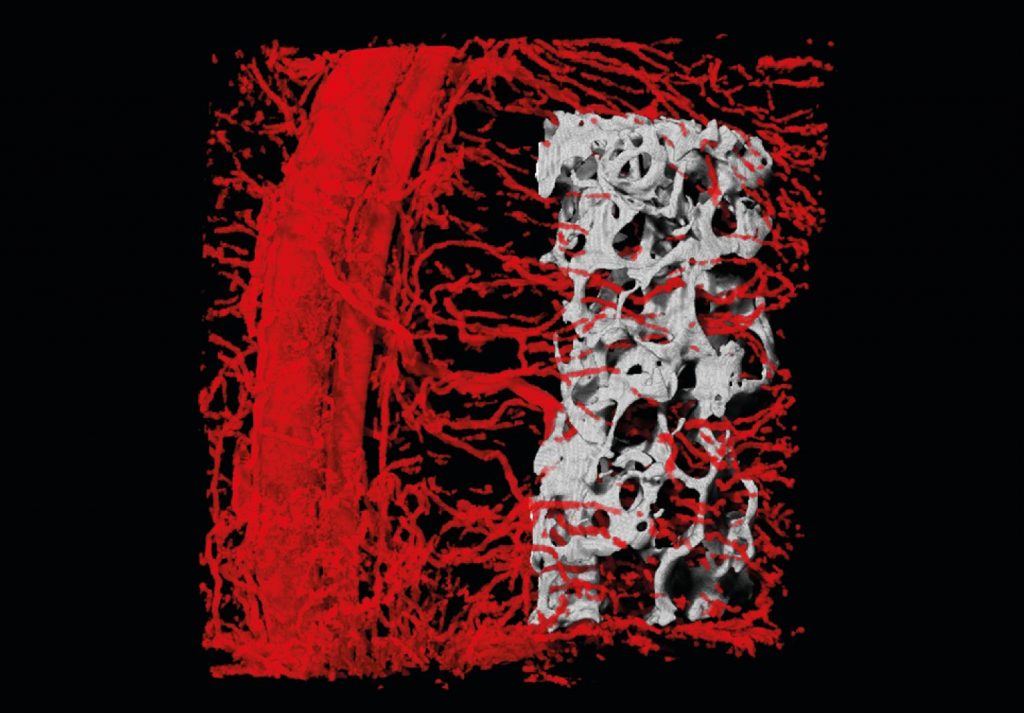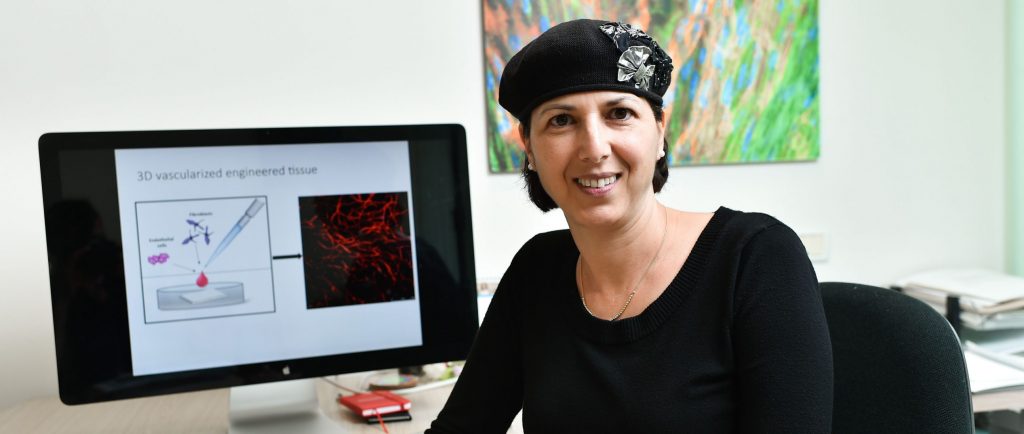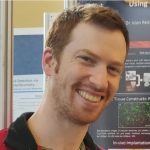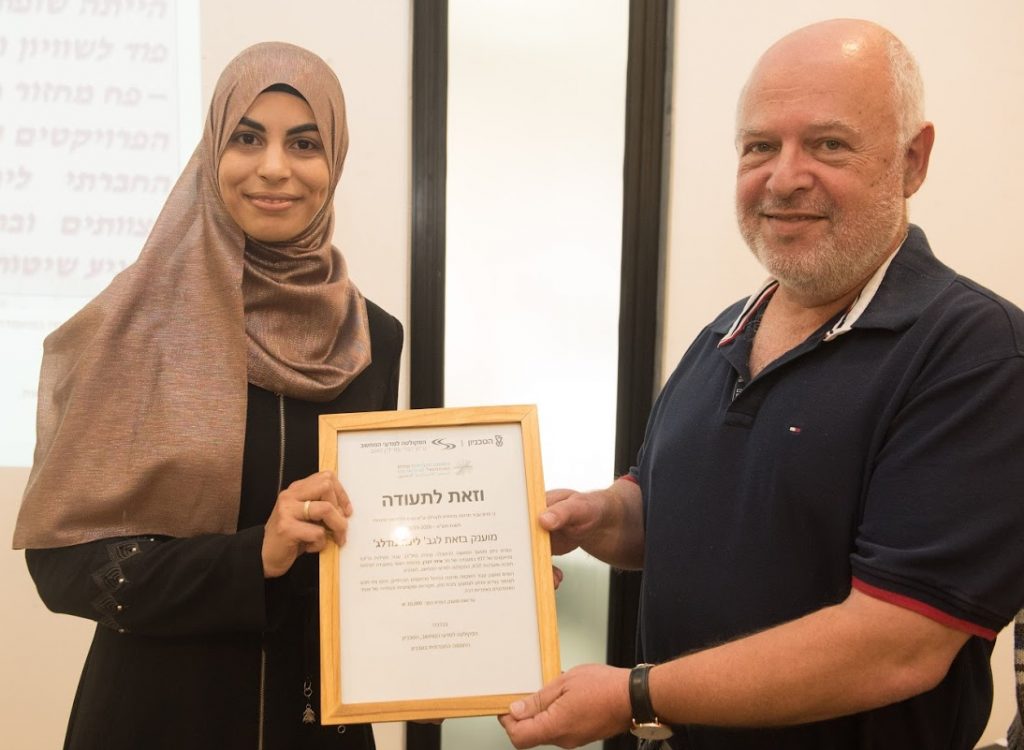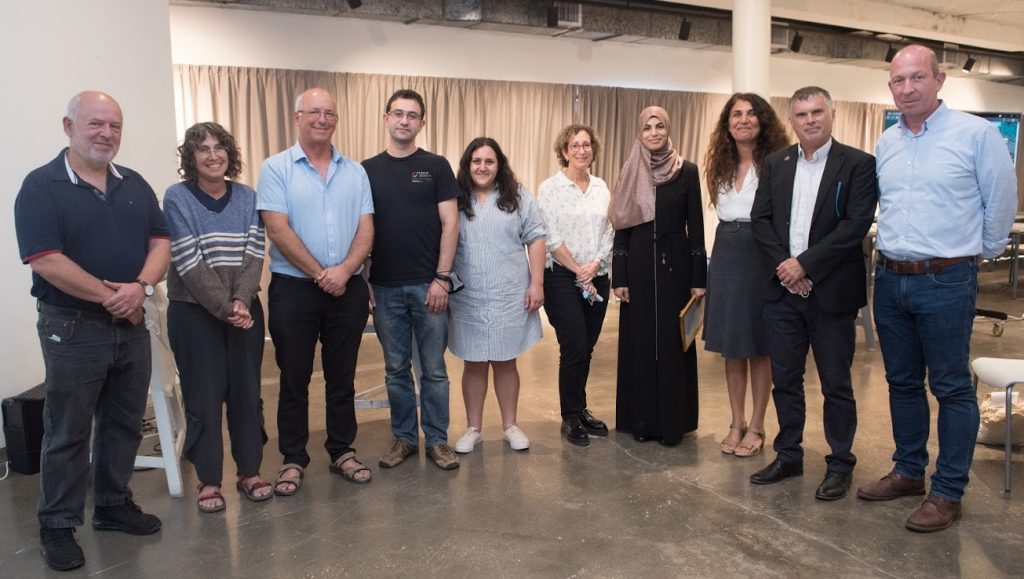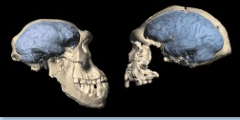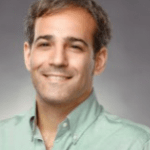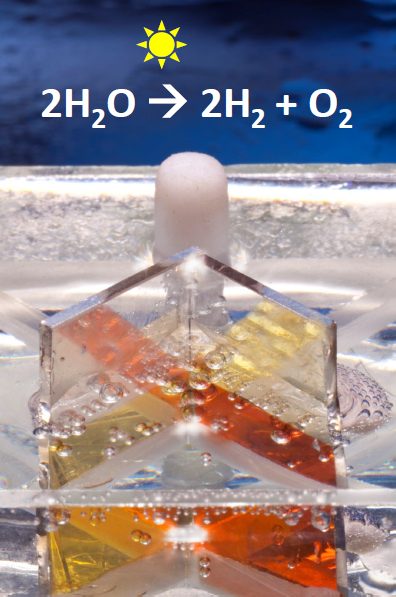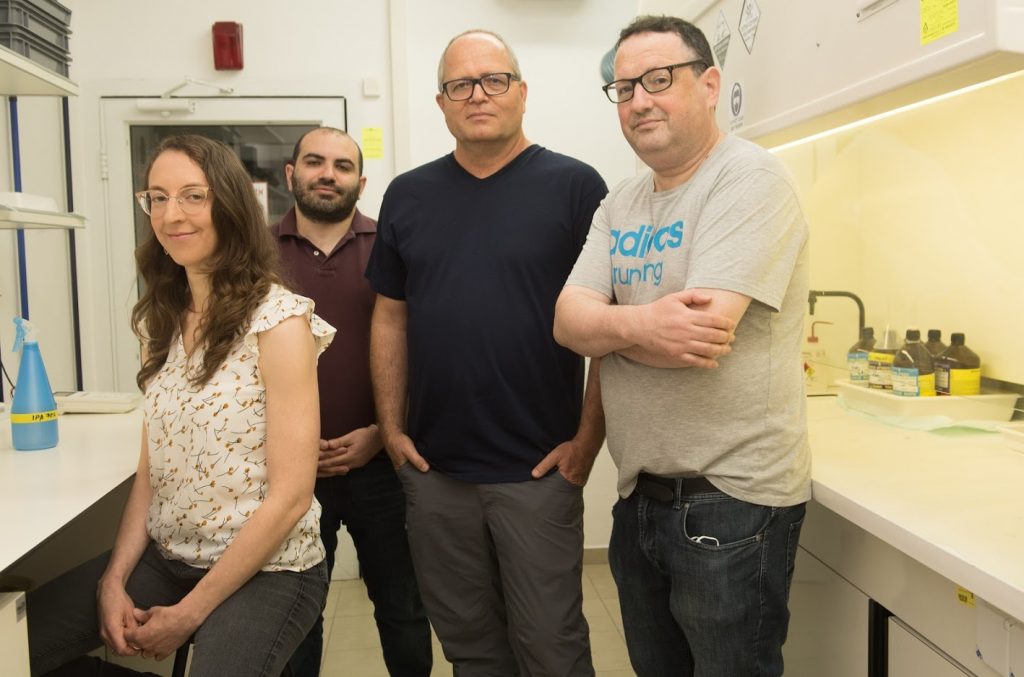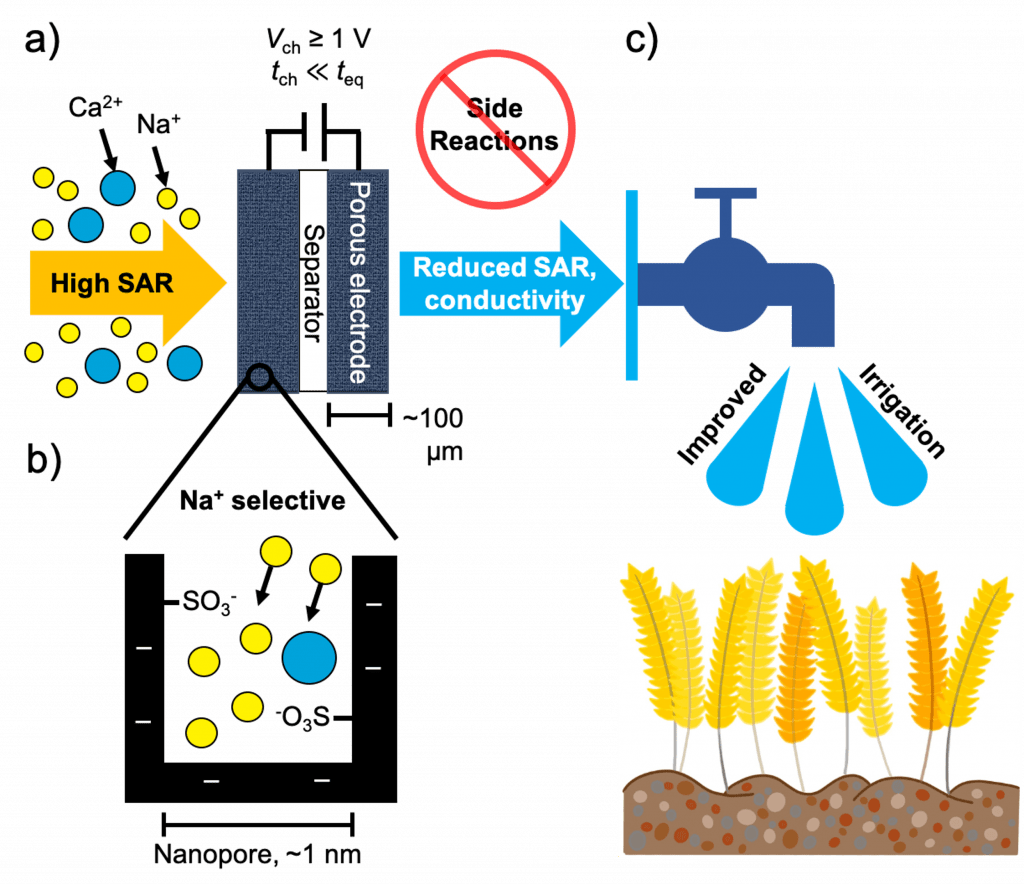The Faculty of Electrical Engineering at the Technion will henceforth be known as the Andrew and Erna Viterbi Faculty of Electrical and Computer Engineering – in light of evolving world trends and recent developments in the field
The Technion Faculty of Electrical Engineering will change its name to The Andrew and Erna Viterbi Faculty of Electrical and Computer Engineering. The addition of the term “Computer” to the title reflects a long process of expansion of the traditional electrical engineering discipline into numerous, diverse spheres related to computer engineering. The Technion Senate recently approved the change of name of the long-standing faculty, which is the largest in the Technion alongside the Henry and Marilyn Taub Faculty of Computer Science.
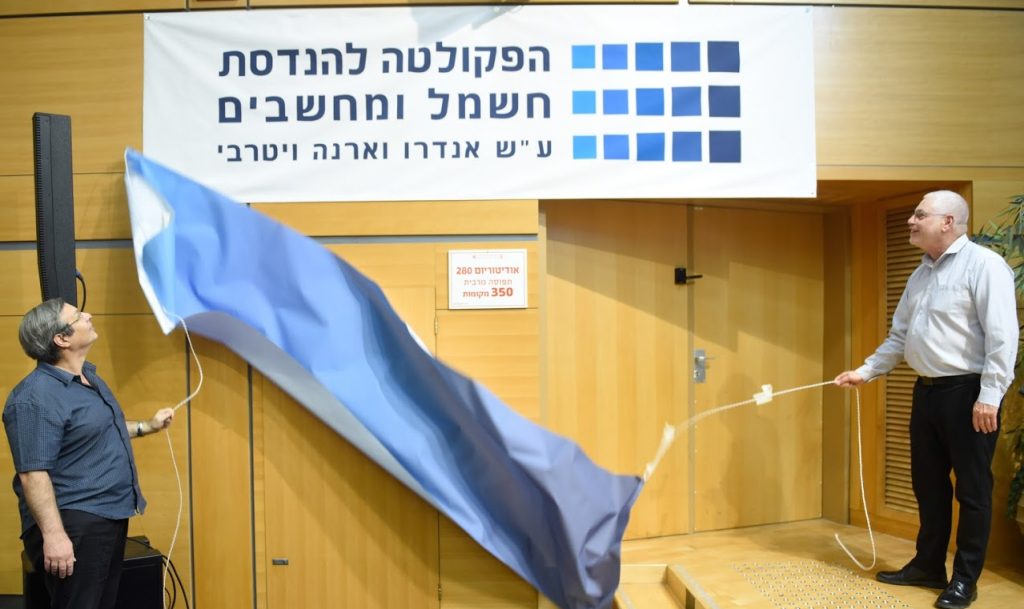
The Faculty of Electrical Engineering at the Technion was established 86 years ago, in 1935. In 1949, when the State of Israel celebrated its first birthday, the Electrotechnical Department was established under the leadership of Professor Franz Ollendorff, a world-renowned scientist and later recipient of the Israel Prize. In 1956, the faculty was relocated from the historical Technion building in the Hadar neighborhood to today’s campus, and in 1965 it was renamed the Faculty of Electrical Engineering.
Since the faculty’s inception, its alumni have been driving the development of Israeli high-tech. In the words of its Dean Professor Nahum Shimkin, “The title ‘electrical engineering’ has accompanied us for more than five decades. We look back on our past achievements with pride and look ahead to the future and the technological advances yet to come. The present change is designed to reflect the broad fields of research and teaching at the faculty. As a modern, leading academic electrical and computer engineering department, our areas of specialization and research encompass most high-tech related disciplines, including microelectronics and nanoelectronics, electromagnetics and photonics, quantum technology, energy and power systems, electronic circuits and computer chip design, signal and image processing, machine learning and intelligent systems, robotics and control, communication engineering and information theory, computer communication networks, computer systems engineering, and more. Renaming the faculty and expanding its areas of activity are in line with the global trend, and particularly with the U.S., where most of the leading electrical engineering departments have already changed their names similarly.”
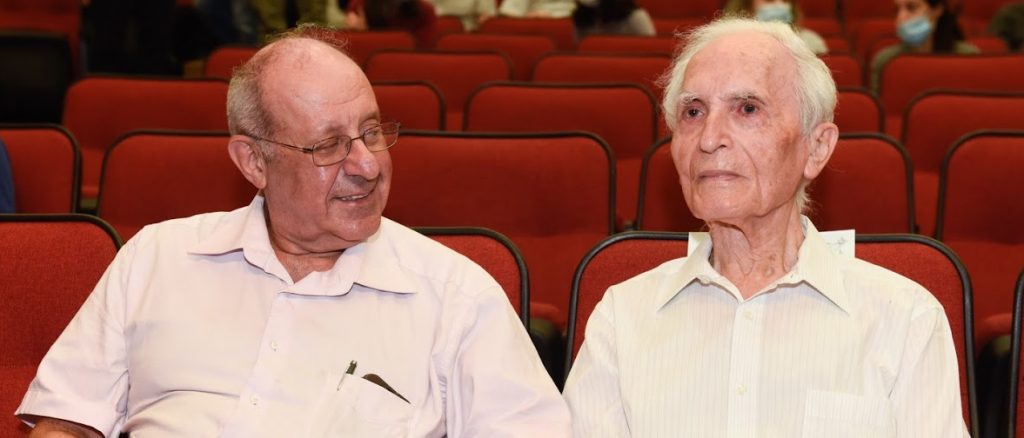
Technion President Professor Uri Sivan praised the decision and said, “This is a day of celebration. The change of name reflects the faculty’s most important feature – the ability to innovate and keep abreast of the latest trends and developments. By recruiting outstanding staff members, the faculty has succeeded in continuously broadening its fields of research and teaching, in maintaining its leading position in research in the global arena, and in making a great contribution to the Israeli economy. I know the faculty will not rest on its laurels but will continue to expand its areas of research and teaching into new and future worlds of technology.”
In a video greeting broadcast at the ceremony, Dr. Andrew Viterbi, after whom the faculty is named, said, “I am always happy to congratulate the Technion community – students, professors, and staff, and especially those in the faculty whose name is changing today.” Dr. Viterbi, one of the founders of Qualcomm, inventor of the Viterbi algorithm and past recipient of the IEEE Medal of Honor, made many major contributions to the faculty, the largest of which was $50 million in 2015.
“Electrical engineering and computer science could not exist without each other,” he said. “It’s clear that without the breakthroughs of the electronic engineers and physicists of the 1940s and 50s, there would be no computers in the 19th century, and on the other hand, Professor Charles Begge of Cambridge tried – and failed – to build a computer without electricity, so, today let us rejoice with a Shehecheyanu [prayer] at the recognition of the union between Electrical and Computer Engineering.”
Distinguished Professor Emeritus Jacob Ziv, recipient of the Israel Prize and the EMET Prize for Art, Science and Culture, who recently won the IEEE Medal of Honor – the highest recognition of the International Institute of Electrical and Electronics Engineers – said, “The faculty’s quality is grounded in three foundational pillars that provide reciprocal feedback: a rich study and research program that not only helps graduates to find jobs in industry, but also cultivates their ability to survive in a world of technological innovation; recruitment of the finest students, some of whom will want to progress to graduate studies and pursue research; and recruitment of excellent staff who will conduct future innovative, cutting-edge technology research.”
Faculty Dean Prof. Shimkin added, “This faculty, under its former name, which is proudly borne by more than fifteen thousand alumni, has a privileged standing in the development of the Israeli high-tech industry, and is world-renowned as a center of excellence in research and teaching. Under our new name, we will continue to aspire to carry out world-class cutting-edge research, providing our graduates with the finest engineering education available in all spheres of electrical engineering, electronics and computer engineering.”
Chairman of the Faculty Students Committee Elad Paritzki said, “We students at the faculty love the change of name because it represents the expansion of the faculty’s activities. This is a faculty that is characterized by a young, entrepreneurial spirit and a broad range of disciplines, and when I look back, I know that I made the right choice. On behalf of the students and alumni, I thank the faculty, which is a second home to us all.”

